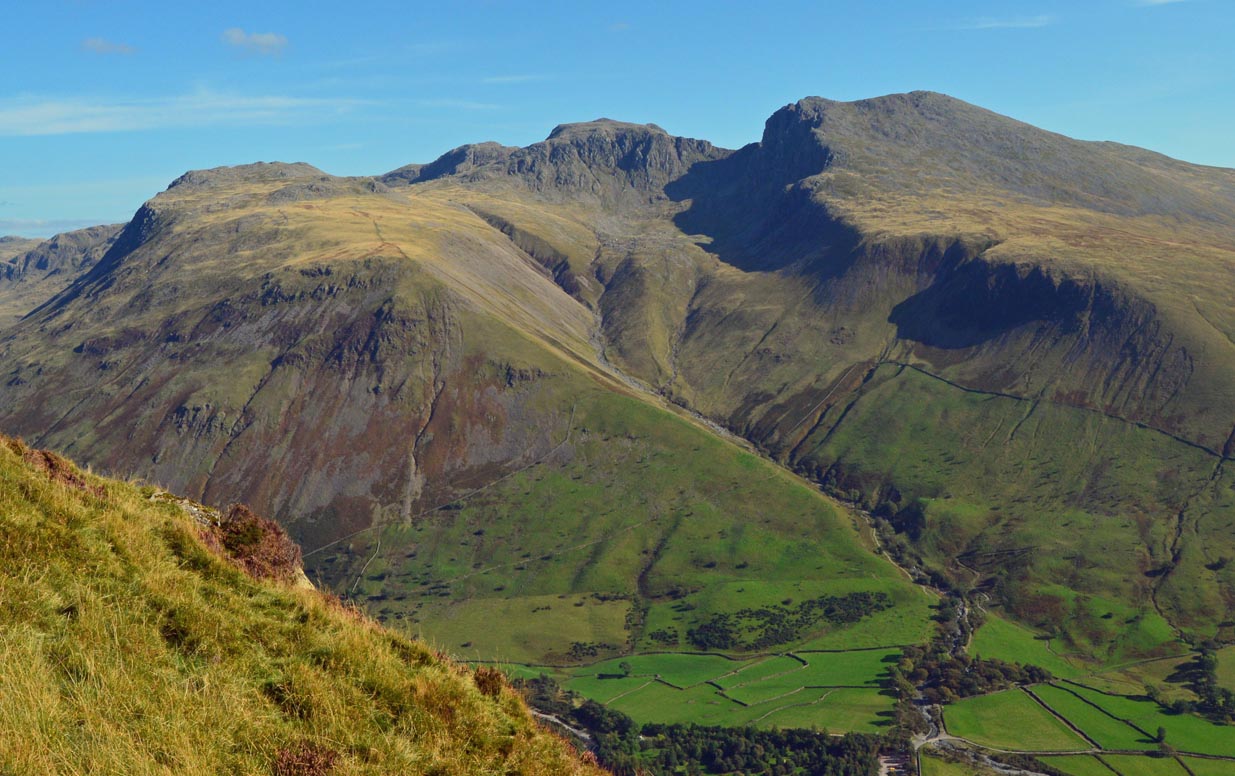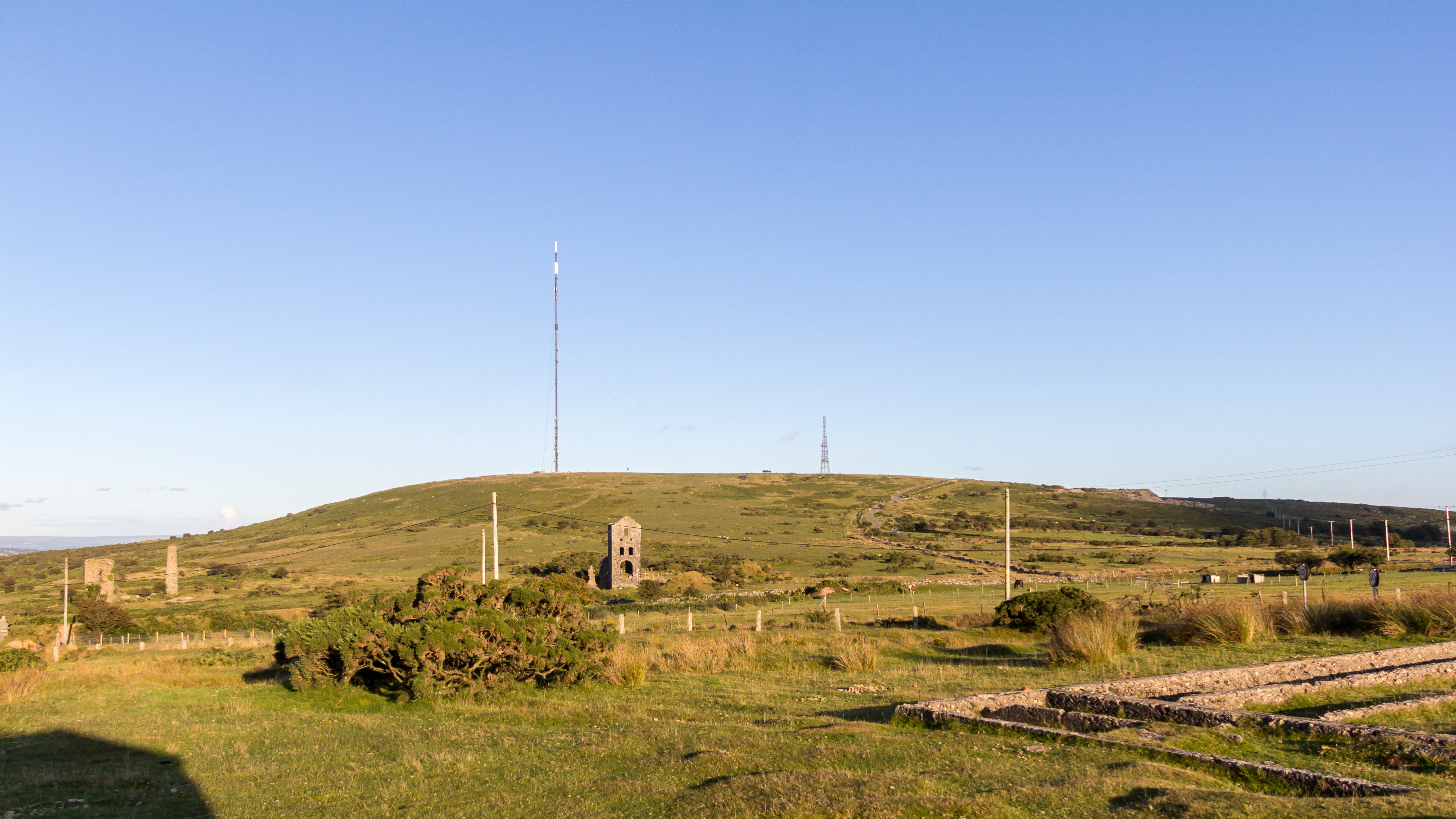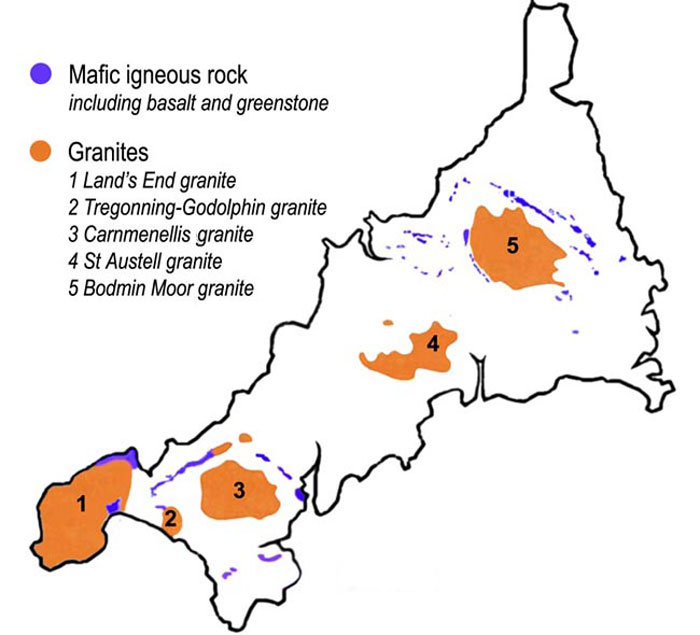|
Garrow Tor
Garrow Tor is a bare, tor-crowned hill, high, located on Garrow Downs in the northwest of Bodmin Moor in the county of Cornwall, England, UK.Ordnance Survey 1:25,000 ''Explorer'' map series, No. 109 At the summit of Garrow Tor are granite rock outcrops and the hill also bears extensive evidence of early settlement, including a massive stone hedge, Bronze Age settlements and hut circles and Medieval settlements. Panoramic views from the summit include Caradon Hill to the south, Rough Tor and Brown Willy to the north, Butter's Tor to the east, clay country to the west and the Atlantic Ocean The Atlantic Ocean is the second-largest of the world's five oceans, with an area of about . It covers approximately 20% of Earth's surface and about 29% of its water surface area. It is known to separate the " Old World" of Africa, Europe ... to the northwest. . [...More Info...] [...Related Items...] OR: [Wikipedia] [Google] [Baidu] |
Tump (hill)
The mountains and hills of the British Isles are categorised into various lists based on different combinations of elevation, prominence, and other criteria such as isolation. These lists are used for peak bagging, whereby hillwalkers attempt to reach all the summits on a given list, the oldest being the 282 Munros in Scotland, created in 1891. A height above 2,000 ft, or more latterly 610 m, is considered necessary to be classified as a mountain – as opposed to a hill – in the British Isles. With the exception of Munros, all the lists require a prominence above . A prominence of between (e.g. some Nuttalls and Vandeleur-Lynams), does not meet the International Climbing and Mountaineering Federation (UIAA) definition of an "independent peak", which is a threshold over . Most lists consider a prominence between as a "top" (e.g. many Hewitts and Simms). Marilyns, meanwhile, have a prominence above , with no additional height threshold. They range from small hills to ... [...More Info...] [...Related Items...] OR: [Wikipedia] [Google] [Baidu] |
Medieval
In the history of Europe, the Middle Ages or medieval period lasted approximately from the late 5th to the late 15th centuries, similar to the Post-classical, post-classical period of World history (field), global history. It began with the fall of the Western Roman Empire and transitioned into the Renaissance and the Age of Discovery. The Middle Ages is the middle period of the three traditional divisions of Western history: classical antiquity, the medieval period, and the modern history, modern period. The medieval period is itself subdivided into the Early Middle Ages, Early, High Middle Ages, High, and Late Middle Ages. Population decline, counterurbanisation, the collapse of centralized authority, invasions, and mass migrations of tribes, which had begun in late antiquity, continued into the Early Middle Ages. The large-scale movements of the Migration Period, including various Germanic peoples, formed new kingdoms in what remained of the Western Roman Empire. In the ... [...More Info...] [...Related Items...] OR: [Wikipedia] [Google] [Baidu] |
King Arthur's Hall
King Arthur's Hall is a megalithic enclosure on Bodmin Moor in Cornwall, England. It is thought to be a late Neolithic or early Bronze Age ceremonial site. Description The monument consists of fifty-six stones arranged in a rectangle with a bank of earth around them and measures approximately 20m by 47m. The interior fills with water and a contemporary ground level has not been established. It has suffered damage by cattle in the past and is now protected by a gated fence. It can be reached by footpaths east of St Breward. The surrounding area contains many stone circles, hut circles, cairns and cists. Origin and use In the absence of any archaeological finds, its origin and use is only speculative. A similar enclosure exists in Brittany which was a Bronze Age Britain, Bronze Age cremation site, but a similar rampart construction at Lough Gur in Ireland suggests an earlier Neolithic British Isles, Neolithic date. It has even been suggested that it was merely a medieval cattle ... [...More Info...] [...Related Items...] OR: [Wikipedia] [Google] [Baidu] |
De Lank River
The De Lank River ( kw, Dowr Dinlonk, meaning ''ravine fort river'') is a small river in north Cornwall, England. It is a tributary of the River Camel and is approximately nine miles (14.5 km) long from its source on Bodmin Moor to its confluence with the Camel two miles (3 km) south of St Breward. The De Lank River springs from Rough Tor Marsh between the two highest peaks on Bodmin Moor, Rough Tor and Brown Willy. Initially, its course is south between the peaks before turning southwest, past the southern foot of Garrow Tor, heading for the Camel. The De Lank's course is within the civil parish of St Breward. The river flows through an isolated area with few riverside settlements. Its upper reaches cross a bare moorland plateau and its lower reaches are characterised by ancient deciduous woodland. At Lank, near the confluence with the River Camel, the river flows through De Lank Quarries (the site of a Geological SSSI). The De Lank River is an important wildlife h ... [...More Info...] [...Related Items...] OR: [Wikipedia] [Google] [Baidu] |
Atlantic Ocean
The Atlantic Ocean is the second-largest of the world's five oceans, with an area of about . It covers approximately 20% of Earth's surface and about 29% of its water surface area. It is known to separate the " Old World" of Africa, Europe and Asia from the "New World" of the Americas in the European perception of the World. The Atlantic Ocean occupies an elongated, S-shaped basin extending longitudinally between Europe and Africa to the east, and North and South America to the west. As one component of the interconnected World Ocean, it is connected in the north to the Arctic Ocean, to the Pacific Ocean in the southwest, the Indian Ocean in the southeast, and the Southern Ocean in the south (other definitions describe the Atlantic as extending southward to Antarctica). The Atlantic Ocean is divided in two parts, by the Equatorial Counter Current, with the North(ern) Atlantic Ocean and the South(ern) Atlantic Ocean split at about 8°N. Scientific explorations of the A ... [...More Info...] [...Related Items...] OR: [Wikipedia] [Google] [Baidu] |
Brown Willy
Brown Willy (possibly meaning "hill of swallows" or meaning "highest hill") is a hill in Cornwall, England, United Kingdom. The summit, at above sea level, is the highest point of Bodmin Moor and of Cornwall as a whole. It is about northwest of Bolventor and southeast of Camelford. The hill has a variable appearance that depends on the vantage point from which it is seen. It bears the conical appearance of a sugarloaf from the north but widens into a long multi-peaked crest from closer range. Toponymy The first part of the hill's name is a common Brythonic element meaning "breast, pap; hill-side, slope, breast (of hill)", which is frequent in Welsh placenames. The Cornish historian and language expert Henry Jenner suggested that the name came from a corruption of the Cornish words ''bronn ughella/ewhella'' meaning "highest hill", as it is the highest point of Bodmin Moor and of Cornwall. The highest hill in Devon has the similar name, High Willhays which falls in line with ... [...More Info...] [...Related Items...] OR: [Wikipedia] [Google] [Baidu] |
Rough Tor
Rough Tor (), or Roughtor, is a tor on Bodmin Moor, Cornwall, United Kingdom. The site is composed of the tor summit and logan stone, a neolithic tor enclosure, a large number of Bronze Age hut circles, and some contemporary monuments. Toponymy In the 19th-century the hill was known as ''Router''. Geography Rough Tor is approximately one mile northwest of Brown Willy, Cornwall's highest point, on Bodmin Moor. Its summit is 1313 ft (400m) above mean sea level, making it the second highest point in Cornwall. Both hills are in the civil parish of St Breward and near the town of Camelford. The De Lank River rises nearby and flows between the two hills. Rough Tor and Little Rough Tor are twin summits of a prominent ridge of granite, though there are actually three tors at the site: Showery Tor (Also known as Flat Cap Ned), Little Rough Tor, and Rough Tor. Crowdy Reservoir and the Lowermoor Water Treatment Works are not far away from the hill. Hikes to the summit and to ne ... [...More Info...] [...Related Items...] OR: [Wikipedia] [Google] [Baidu] |
Caradon Hill
Caradon Hill ( kw, Bre Garn) is on Bodmin Moor in the former Caradon district of Cornwall, England, United Kingdom. The summit is above mean sea level. Caradon Hill is on the southeastern edge of the moor; it is between the villages of Minions (northwest), Upton Cross (northeast), Pensilva (southeast) and Darite (southwest). The hill was once famous for its copper mines but these are now closed. The South Caradon Copper Mine, 1 km to the SW of the transmitter, was the biggest copper mine in the UK in its heyday in the second half of the 19th century. Other disused copper and tin mines are scattered around the base of the hill, including the Wheal Phoenix, well known among mineral collectors. The ruins of the Prince of Wales engine house are prominent at Wheal Phoenix. at < ... [...More Info...] [...Related Items...] OR: [Wikipedia] [Google] [Baidu] |
Hut Circle
In archaeology, a hut circle is a circular or oval depression in the ground which may or may not have a low stone wall around it that used to be the foundation of a round house. The superstructure of such a house would have been made of timber and thatch. They are numerous in parts of upland Britain and most date to around the 2nd century BC. Hut circles are usually around in internal diameter, the rocks themselves being wide and around high. Hut circles were also almost certainly covered by conical rounded roofs and supported by posts that were internal and sometimes external. Wales There are more than 100 registered hut circles and enclosures in Wales. They are to be found in areas which have not been ploughed and the stones have not been disturbed. They are quite common in the north. Remains of a hut circle on Tre'r Ceiri - geograph.org.uk - 1571421.jpg, Tre'r Ceiri Celtic Iron Age hut circle Cytiau Celtaidd - Celtic Iron Age Huts at Mynydd Twr, Caergybi (Holyhead), Wale ... [...More Info...] [...Related Items...] OR: [Wikipedia] [Google] [Baidu] |
Bodmin Moor
Bodmin Moor ( kw, Goon Brenn) is a granite moorland in north-eastern Cornwall, England. It is in size, and dates from the Carboniferous period of geological history. It includes Brown Willy, the highest point in Cornwall, and Rough Tor, a slightly lower peak. Many of Cornwall's rivers have their sources here. It has been inhabited since at least the Neolithic era, when primitive farmers started clearing trees and farming the land. They left their megalithic monuments, hut circles and cairns, and the Bronze Age culture that followed left further cairns, and more stone circles and stone rows. By medieval and modern times, nearly all the forest was gone and livestock rearing predominated. The name Bodmin Moor is relatively recent. An early mention is in the ''Royal Cornwall Gazette'' of 28 November 1812. The upland area was formerly known as Fowey Moor after the River Fowey, which rises within it. Geology Bodmin Moor is one of five granite plutons in Cornwall that make up pa ... [...More Info...] [...Related Items...] OR: [Wikipedia] [Google] [Baidu] |
Bronze Age
The Bronze Age is a historic period, lasting approximately from 3300 BC to 1200 BC, characterized by the use of bronze, the presence of writing in some areas, and other early features of urban civilization. The Bronze Age is the second principal period of the three-age system proposed in 1836 by Christian Jürgensen Thomsen for classifying and studying ancient societies and history. An ancient civilization is deemed to be part of the Bronze Age because it either produced bronze by smelting its own copper and alloying it with tin, arsenic, or other metals, or traded other items for bronze from production areas elsewhere. Bronze is harder and more durable than the other metals available at the time, allowing Bronze Age civilizations to gain a technological advantage. While terrestrial iron is naturally abundant, the higher temperature required for smelting, , in addition to the greater difficulty of working with the metal, placed it out of reach of common use until the end o ... [...More Info...] [...Related Items...] OR: [Wikipedia] [Google] [Baidu] |








